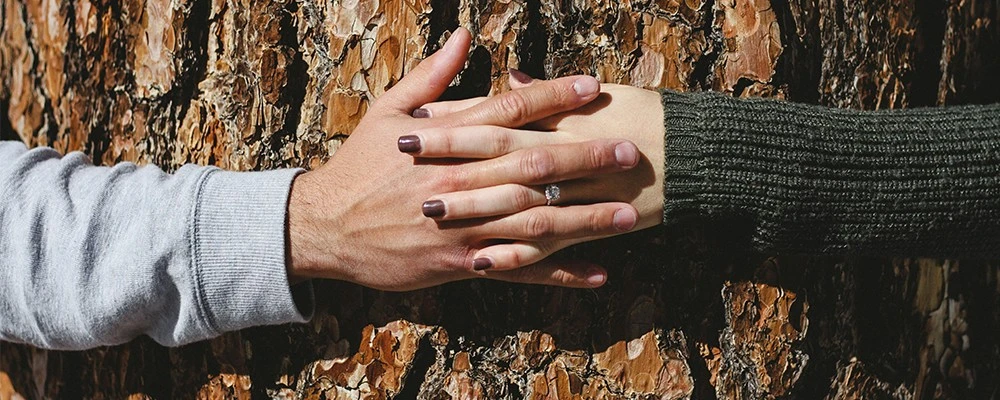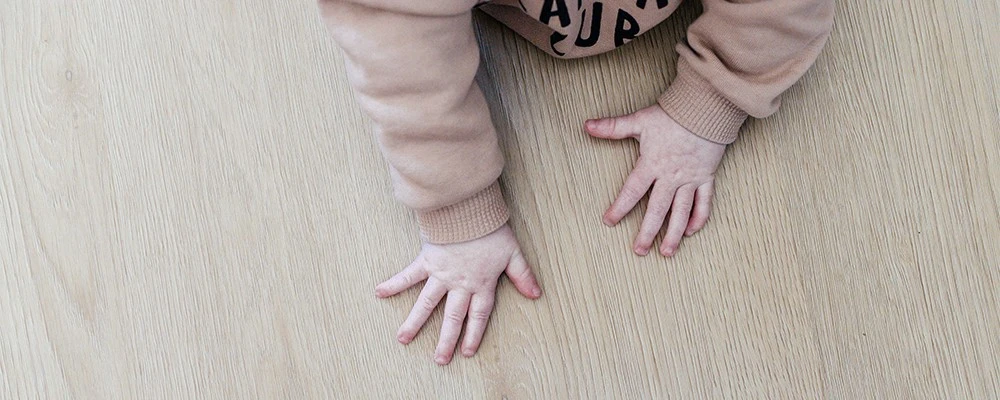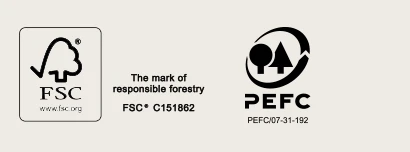

Choose your country.
At Lamett, it's not just about delivering beautiful wooden floors, but also about making conscious, sustainable choices. We strive to combine aesthetic value with ecological responsibility, and that starts with the origin of our wood.

Forests connect us all. They provide the air we breathe, filter the water we drink and provide habitat for countless plants, animals and indigenous communities. PEFC (Programme for the Endorsement of Forest Certification) and FSC® (Forest Stewardship Council) are internationally recognised labels that set the highest standards of responsible forest management. Forests carrying these certifications are sustainably managed where biodiversity is preserved, local communities are protected and replanting is a matter of course.
FSC® and PEFC certification does not only concern forest managers, but also companies in the supply chain. As an authorised seller of FSC®- and PEFC-certified wood, Lamett has an official Chain of Custody registration number. This means we can trace every piece of wood from the forest to the finished product. So you can be sure that your floor is not only beautiful, but also responsibly produced.
The management of Lamett Europe hereby declares its commitment to implement and maintain the PEFC Chain of Custody requirements in accordance with the PEFC standard (2002:2020). WOODBE-COC-001574.

FSC® - Forest Stewardship Council® - is an international certification mark that has guaranteed sustainable forest management since 1993. The label is based on ten principles that combine ecological, social and economic sustainability. These principles include the preservation of biodiversity, respect for the rights of indigenous peoples and workers and compliance with national legislation.
Depending on the proportion of certified material in the end product, FSC® uses different product claims such as FSC 100%, FSC Mix 70% or FSC Mix Credit.
FSC® is recognised worldwide by governments, companies and NGOs and plays a key role in combating deforestation and promoting transparency in the supply chain.
PEFC (Programme for the Endorsement of Forest Certification) is the world's largest forest certification system. It was established in 1999 in response to the needs of smaller forest owners, particularly in Europe.
Thanks to its alignment with national standards and the possibility of group certification, PEFC is particularly accessible to small-scale managers.
PEFC stands for sustainable forest management with a focus on:
Environment: protection of biodiversity and watercourses
Social: good working conditions and respect for local communities
Economic: viable returns for forest owners and timber producers
Products with a PEFC label carry claims such as 70% PEFC or 100% PEFC certified, depending on the origin and composition of the material.
The PEFC label is recognised worldwide and supported by an extensive network of national certification organisations. PEFC plays an important role in combating deforestation and promoting responsible forest management.
By choosing PEFC and FSC® certified wood, you contribute to the protection of forests worldwide and help stop deforestation. Our floors are designed to last for generations, making them a sustainable and responsible investment.

Please contact us for more information about our certified products.
